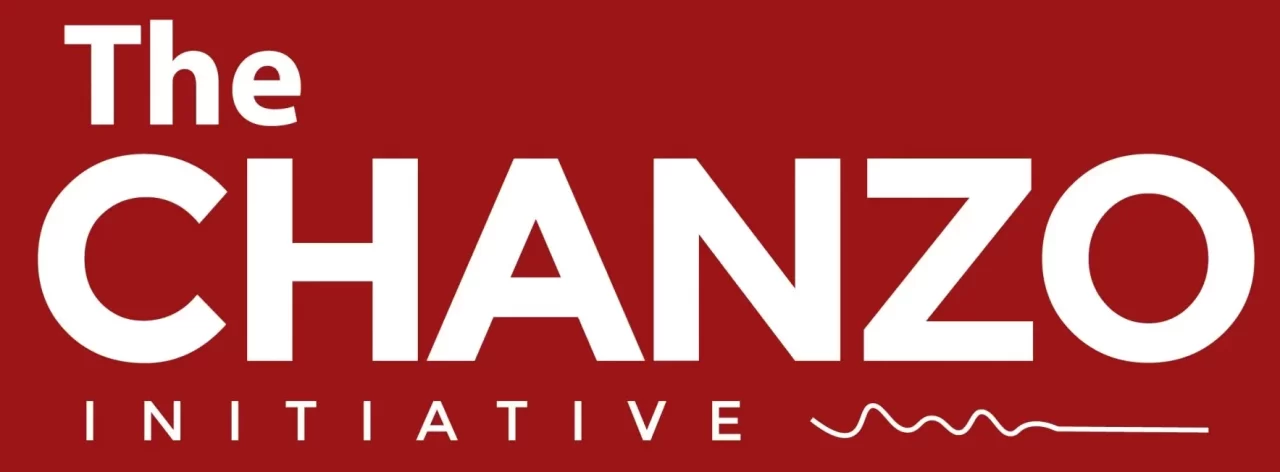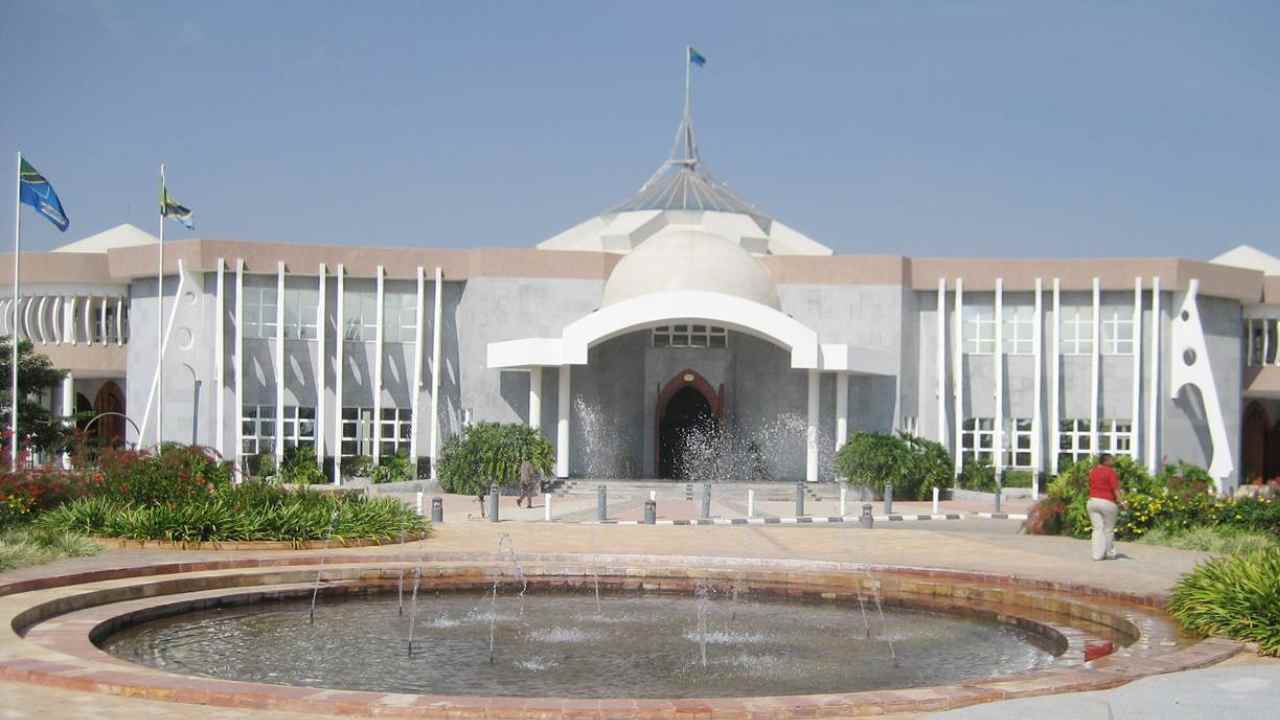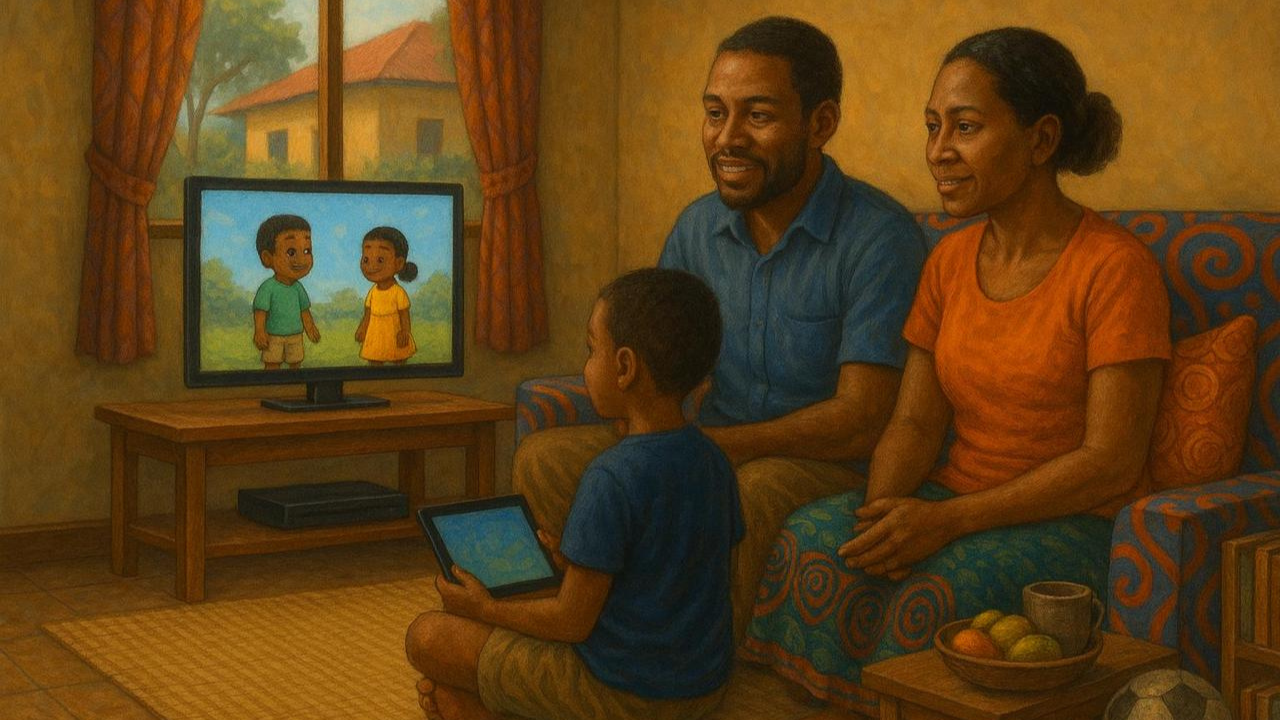Dar es Salaam. Good morning! The Chanzo is here with a rundown of major news stories reported in Tanzania on Monday, April 3, 2023.
What will Tanzania look like in 2050?
In 1999, Tanzania launched its vision 2025 one of the most optimistic documents of the nation to date. In his memoir, the late President Benjamin Mkapa who led the exercise said that it was important for the country to have something to guide it, as since the Arusha Declaration which was not time-bound, a lot of changes had happened but there was nothing to guide this transformation.
Vision 2025 came amidst a storm; donors, IMF, and the World Bank were becoming reluctant because of rampant corruption and tax evasion during Mwinyi’s administration. Taxes were too low to even cover wages and in most cases, wages were delayed.
The vision which starts by reading; “A Tanzanian who is born today will be fully grown up, will have joined the working population, and will probably be a young parent by the year 2025.”
“Similarly, a Tanzanian who has just joined the labor force will be preparing to retire by the year 2025. what kind of society will have been created by such Tanzanians in the year 2025?”
The vision went on to boldly proclaim; “Abject poverty will be a thing of the past.”
“Tanzanians will have graduated from a least developed country to a middle-income country by the year 2025.”
Since 1999, Tanzania managed to turn its fate from a desperate situation, it can pay its wages, its trustworthiness has increased, a nation that can pay its debt.
Yesterday the country launched a vision 2050 exercise, in launching this exercise Tanzania Vice President and Minister of Finance made a reflection.
It was noted that abject poverty is still a thing of the present, “we are facing a challenge of abject poverty and poor nutrition” reflect Vice President Dr. Philiph Mpango.
It was noted that 26.4 percent of the Tanzanians which is equivalent to 16 million people still live in abject poverty. Strides were mentioned in education, and people’s income although inequality is prevalent, and also progress was observed in governance but corruption was mentioned as a challenge.
What will Tanzania look like in 2050?
Historians claim a story of any nation is embedded in myths or shared myths that bound the nation together, for Tanzanians born before 1990 that myth is Tanzania’s first President, Julius Nyerere, and CCM as well as the common struggle in surviving through poverty.
For Tanzanians born after 1999/2000, this is a generation that seems to continually look for meaning in the Tanzania community, the myth seems to lose its hold; it’s more bounded with the dream of a better now.
It’s also a generation that was raised with more opportunities than any generation before it but also a greater sense of inequality. It’s perceived as empty and lack purpose by generations before it, especially much older generations.
There would be more challenges in meeting the expectations of this generation and generation to come, as history will not be enough to quench its thirst; it’s a generation that would want to see shared prosperity. Incompetency will be called out more and corruption will either form another attitude and new structures or break all hail loose.
The strategic position of Tanzania in the new world economy with its critical minerals such as lithium, cobalt, nickel, iron, and graphite as well as its gas will also play a key role in Tanzania in 2050. Will the citizens have power over these resources, will it prospect benefit all or a few, or will it be an elite project? these are some of the questions that will be critical.
With cities and towns expanding and villages shrinking what will be the fate of the people in rural areas? Communities that relied on only farms, if squeezed out will they have the skills to adjust?
The government has committed to having a participatory approach in drafting Vision 2050 urging all stakeholders to share their views with the drafting team.
More people flee DRC as conflict rages
Between 600 and 800 Congolese entered Tanzania from the Democratic Republic of the Congo (DRC) each day between 8 and 20 March, 2023, to flee from clashes between the M23 and the Congolese army in the Kivu region.
This is according to the European Civil Protection and Humanitarian Aid Operations, a European Commission’s civil protection and humanitarian aid agency.
In a briefing on Monday, the agency said more people from the DRC are projected to cross, increasing “an already unserviceable level of needs in food, WASH, shelter, and healthcare.”
There were 1.1 million refugees and asylum seekers from the DRC across Africa, mainly in Rwanda, Tanzania, and Uganda, at the end of February, the organisation said.
Nkamira transit centre in Rwanda has welcomed over 5 800 new asylum seekers from DRC between November 2022 and the end of March 2023: 99 per cent of arrivals originate from North Kivu, specifically Masisi and Rutshuru, where violent clashes are reported daily.
In Burundi, the WFP announced last week that food aid rations for refugees, primarily Congolese fleeing violence in eastern DRC, would be halved from April 1, 2023, due to insufficient funding.
The ration cut will worsen food insecurity and could further exacerbate tensions between host and refugee communities around the camps and transit centres.
The armed conflict between the non-state armed actor M23 and the Congolese army (FARDC) has been ongoing for some time, creating massive displacement, with at least 262,000 people had fled their homes since March 2022, when the fighting started.
On March 15, 2023, the government of Tanzania reported that 2,643 refugees from the Democratic Republic of Congo (DRC) had arrived in Kigoma seeking refuge.
Most of the refugees received are women and children. Local authorities say receiving and registering them is ongoing for 24 hours to ensure they are all identified and registered in the camp.
The refugees began entering Tanzania through the Kigoma region on March 5, while others entered between September 2022 and January 2023 and sought refuge in the Nyarugusu Refugee Camp and its surrounding areas.
UAE urges its citizens to postpone trips to Tanzania due to Marburg virus
The United Arab Emirates has warned its citizens and residents against travelling to Tanzania and Equatorial Guinea due to outbreaks of the Marburg Virus Disease in the two countries.
In a statement, the country’s Ministry of Foreign Affairs and International Cooperation urged citizens to postpone their trips to the two African countries.
It also called on citizens living in Tanzania and Equatorial Guinea or who are visiting to take precautions and follow the relevant health measures to protect themselves from the virus.
Saudi Arabia and Oman have issued similar warnings as the World Health Organization estimated that the death toll from the outbreak is double what authorities have been reporting.
On March 21, 2023, Tanzania became the second African country after Equatorial Guinea to report the Marburg virus disease, whose symptoms included fever, vomiting, diarrhoea and bleeding through various body openings.
Cases of the disease have been reported from Kagera’s district of Bukoba, particularly in the villages of Bulinda and Butayaibega.
Eight cases of Marburg disease have been confirmed in Tanzania, which include the death of five people, four from the same family and one health worker.
As of March 21, three people are still under hospital care, two health workers and one member of the same family.
Shanta’s Singida gold mine begins production
The East Africa-focused gold producer Shanta Gold announced late last month that it had commenced production at the Singida Gold Mine in the Ikungi region of Central Tanzania.
Shanta Gold CEO Eric Zurrin said in a statement that the Singida Gold Mine will add 45 per cent – 50 per cent to the company’s annual production profile.
“We are now positioned to capitalise on our full growth potential, armed with a diversified resource base, a de-risked balance sheet, and financial flexibility,” Zurin said.
“Through increased local employment and subsequent economic activity, as well as our investment in initiatives focused on improving health, water, and education services, Singida has already started to transform the social and economic potential of the region.
“Looking ahead, Singida is transitioning from a cost centre to a cash generator. As our focus turns to mine life extension, we are confident we will unlock further long-term value for our shareholders,” he said.
Shanta Gold expects the mine to increase its production to more than 100,000oz annually in the first full year of operation.
The company noted that it plans to mine seven open pits at the project as per the current life of mine plan. The mine is expected to have operational life up to the end of 2029.
The project includes a processing plant designed to treat 365ktpa of fresh ore from the mine. The facility is expected to have an average production of 32Koz per annum.
Expected to employ around 270 permanent staff, the gold mine covers three prospecting licences that cover approximately 52km² and three mining licences covering 30km².
This is it for today, and we hope you enjoyed our briefing. Please consider subscribing to our newsletter (see below) or following us on Twitter (here), or joining us on Telegram (here). And in case you have any questions or comments, please consider dropping a word to our editors at editor@thechanzo.com.




